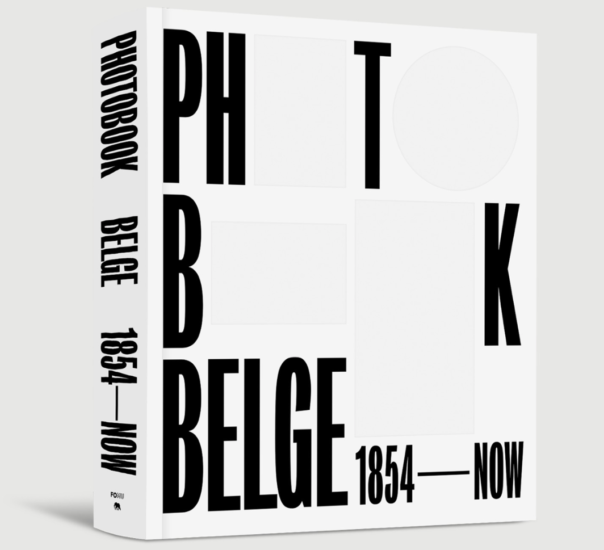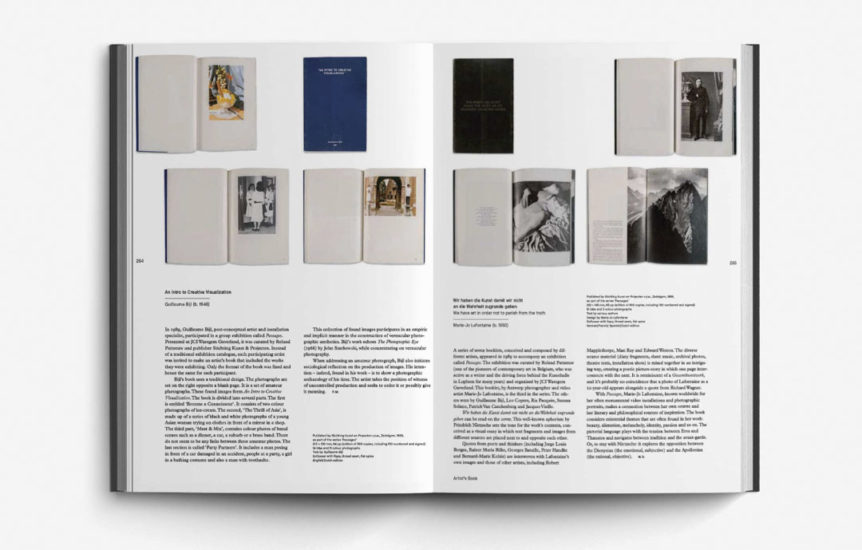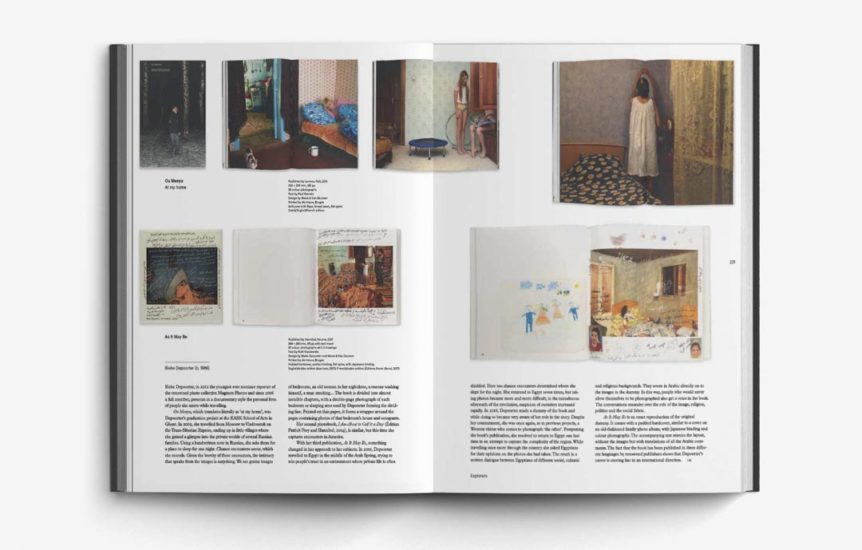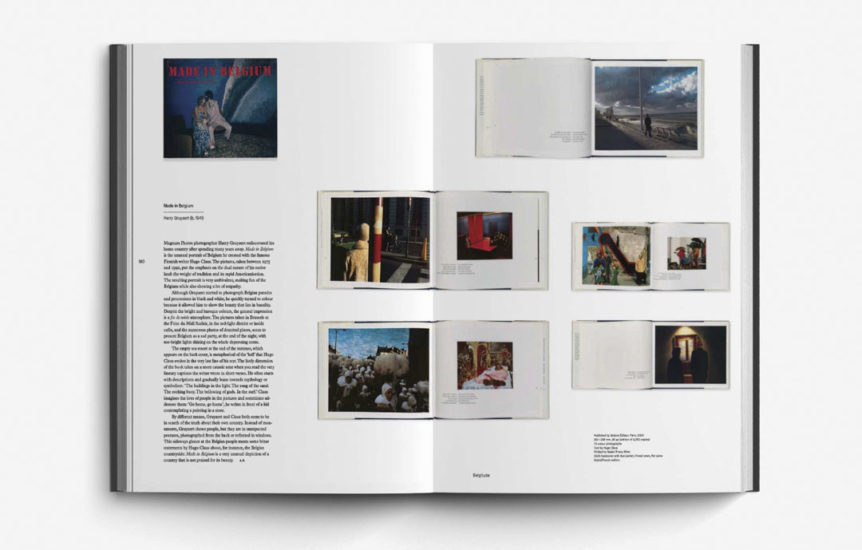Spotlight Rémi Coignet presents Photobook belge
For the first Meeting Point, a series of meetings organized with the MEP, The Eyes had the pleasure to welcome four reviewers, who shared their favorite recent photographic discoveries. Focus on one of them.
The Eyes Event
15/05/2019
SPOTLIGHT : RÉMI COIGNET presents photobook belge
Rémi Coignet introduced a book dedicated to Belgian photobooks: “Photobook belge: 1854-Now”, published for an exhibition at FOMU in Anvers, up until October 6th. Under the direction of Tamara Berghmans, curator at FOMU, “Photobook belge 1854-Now” is divided in eight chapters.
The first chapter focuses on the 19th century, with a return on the first Belgian photobook, “Bruxelles Photographique”, ordered by the ministry of interior and the city council.
The second chapter covers the years 1900 to 1965, illustrating the creative proliferation and evolution of photography and books at that time.
Then comes a chapter soberly titled “Congo”, which deals with a century of photobooks dedicated to the country, from Voyage au Congo” (1897) to post-colonial and critic photobooks.
The fourth chapter, “Word/Image”, focuses on a peculiar type of photography that intimately links text and image. The relation between both image and text is very strong in Belgian culture, making us think of comics and René Magritte.
The fifth chapter is called “Belgitude”, which takes interest in the roots of a national identity, through various techniques chosen by photographers trying to solve the mystery of what it means to be Belgian.
The sixth chapter, “explorers”, is the opposite of the previous one: it focuses on Belgian photographers exploring the world.
The seventh book, “Artist’s book” tells us about the artist’s book as a use of the book and photography by conceptual art, turning catalogues into art books. Photographers humorously play with the appropriation of the press photo or popularization magazines targeting young photographers.
Photobook belge ends with a chapter called “Contemporary”, in which is introduced Max Pinckers’ “Margin of Excess”, published in 2018, and are presented various photographers (Lara Gasparotto, Thomas Vanden Driesche, and promising Pierre Liebert).
But this chapter mostly puts under the spotlight the vitality of the Belgian photographic and editorial scene, around prominent figures and institutions : Gilbert Faestanekens and Dirk Braechmans, FOMU, Charleroi museum, La Cambre, les Beaux Arts de Gand ou Bruxelles, and publishers such as Yellow Now, ARP, APE and Hannibal.
To conclude, Photobook belge is, for its structure, the quality of the reflexion and its editorial production, more than just a repertoire of Belgian photobooks, but it manages to dress a the political, intellectual and social history of Belgium.





